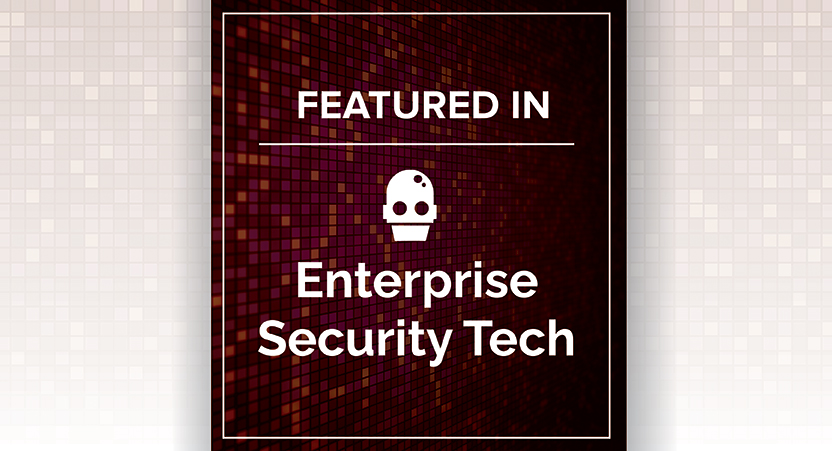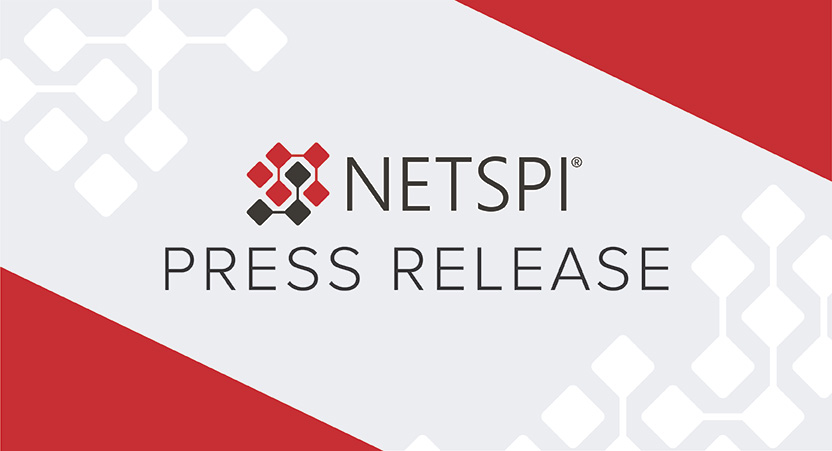Enterprise Security Tech: 2023 Cybersecurity Predictions: Major Financial Institutions Will Turn To Blockchain
On December 29, NetSPI’s Scott Sutherland and Nick Landers were featured in the Enterprise Security Tech article called 2023 Cybersecurity Predictions: Major Financial Institutions Will Turn To Blockchain. Read the preview below or view it online.
+++
Scott Sutherland, VP of Research, NetSPI
Can DTL Help Stop Software Supply Chain Attacks?
Adoption of distributed ledger technology (DTL) is still in its infancy and we’ll see some interesting use cases gain momentum in 2023. DLT can basically be used as a database that enforces security through cryptographic keys and signatures. Since the stored data is immutable, DTL can be used anytime you need a high integrity source of truth. That comes in handy when trying to ensure the security of open-source projects (and maybe some commercial ones). Over the last few years, there have been several “supply chain compromises” that boil down to an unauthorized code submission. In response to those attacks, many software providers have started to bake more security reviews and audit controls into their SDLC process. Additionally, the companies consuming software have beefed up their requirements for adopting/deploying 3rd party software in their environment. However neither really solves the core issue, which is that anyone with administrative access to the systems hosting the code repository can bypass the intended controls. DLT could be a solution to that problem.
Nick Landers, VP of Research, NetSPI
By the end of next year every major financial institution will have announced adoption of Blockchain technology.
There is a notable trend of Blockchain adoption in large financial institutions. The primary focus is custodial offerings of digital assets, and private chains to maintain and execute trading contracts. The business use cases for Blockchain technology will deviate starkly from popularized tokens and NFTs. Instead, industries will prioritize private chains to accelerate business logic, digital asset ownership on behalf of customers, and institutional investment in Proof of Stake chains.
By the end of next year, I would expect every major financial institution will have announced adoption of Blockchain technology, if they haven’t already. Nuanced technologies like Hyperledger Fabric have received much less security research than Ethereum, EVM, and Solidity-based smart contracts. Additionally, the supported features in business-focused private chain technologies differ significantly from their public counterparts. This ultimately means more attack surface, more potential configuration mistakes, and more required training for development teams. If you thought that blockchain was “secure by default”, think again. Just like cloud platform adoption, the promises of “secure by default” will fall away as unique attack paths and vulnerabilities are discovered in the nuances of this tech.
You can read the full article at Enterprise Security Tech!




